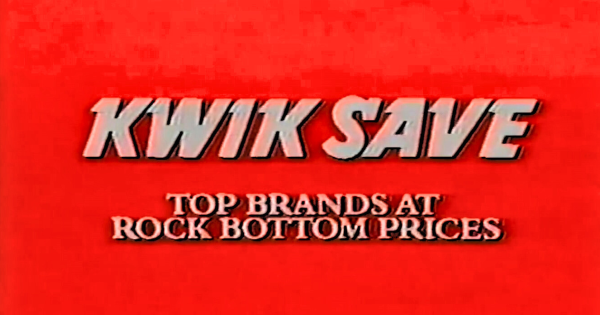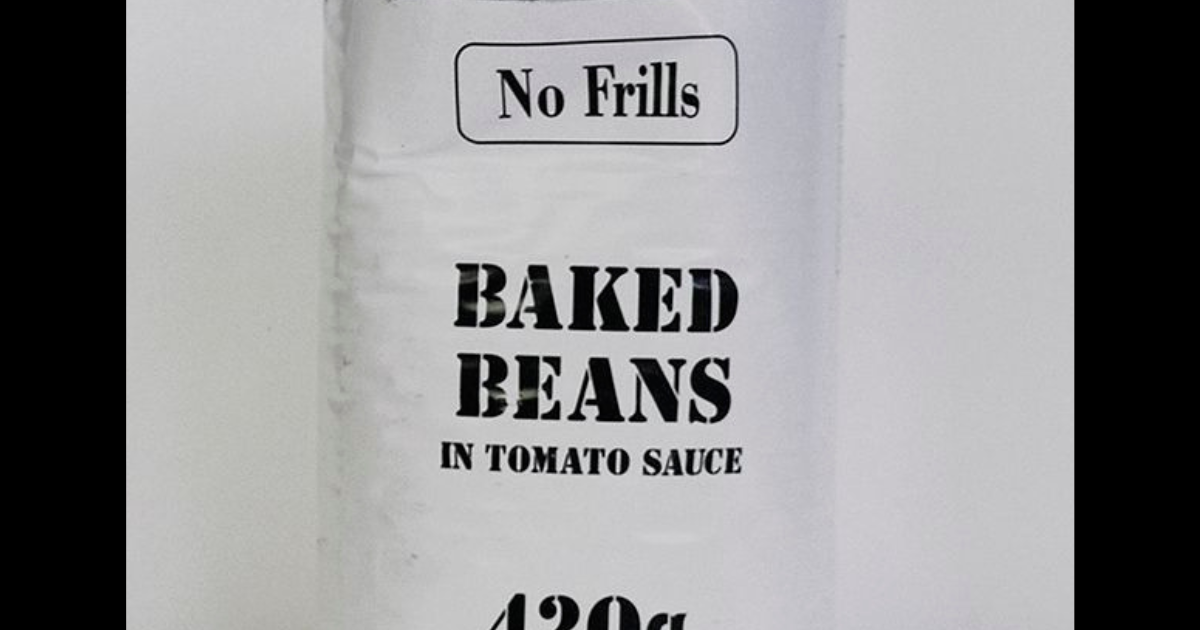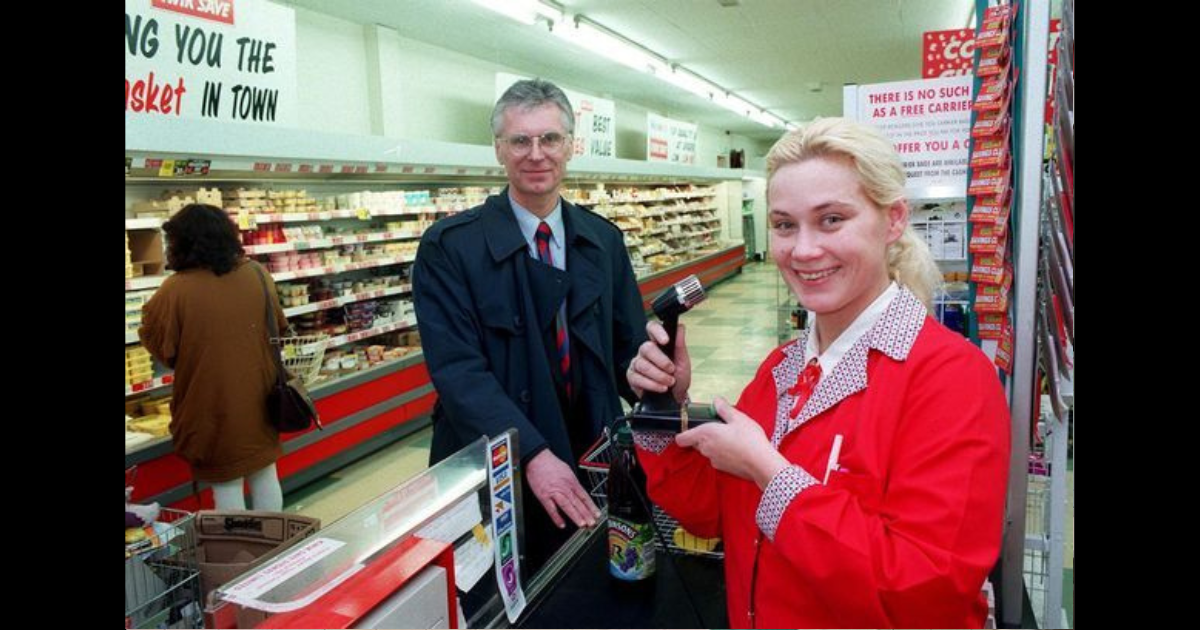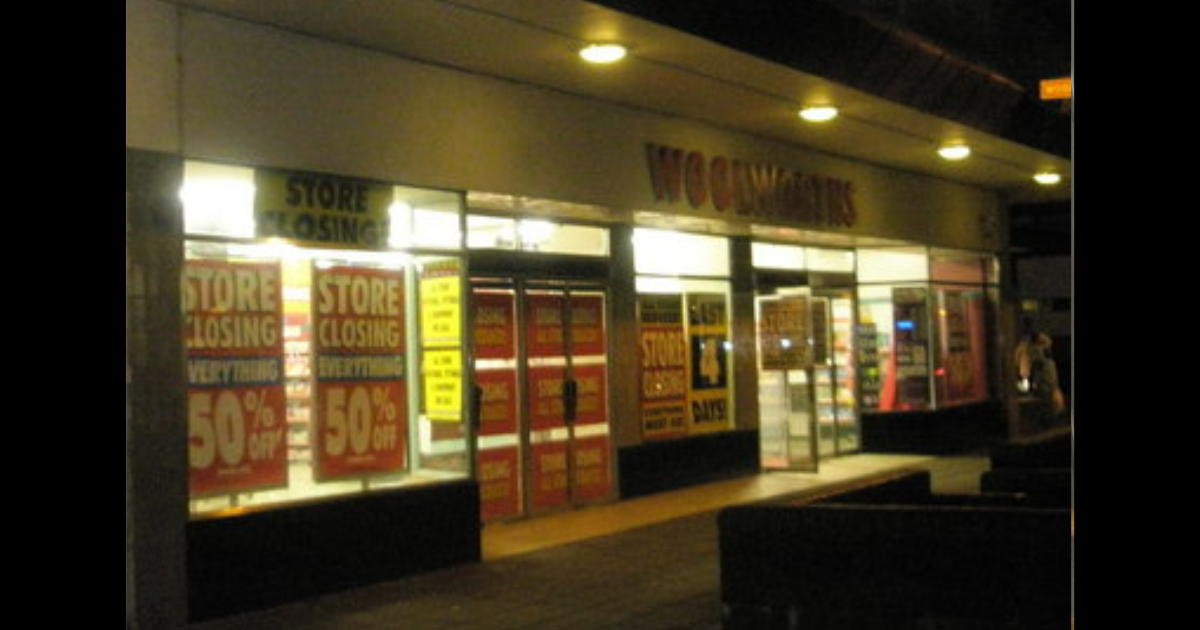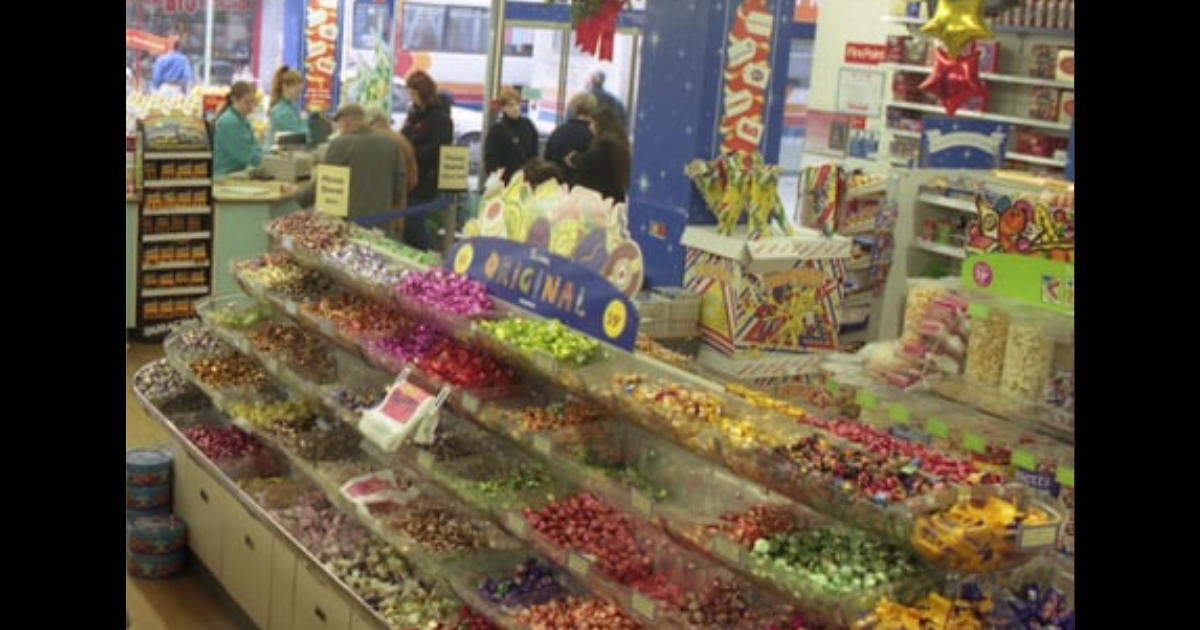I am old enough, just, to remember when technology was a repairable commodity and not just a collection of cheap and easily replaceable items. Seeing as the TV plays such a big part in my childhood memories I should probably reflect on where those early TV sets came from, they weren’t ours but rented from Radio Rentals (and later Granada).
In the modern world just about every bit of technology is easily replaced, usually before it goes wrong, technology is even designed to become obsolete before the packet has been opened. So in the modern world the thought that you might actually rent, rather than own your tech seems completely out of touch. Although that said, I bet a lot of tech is purchased on credit which is just about the same thing.
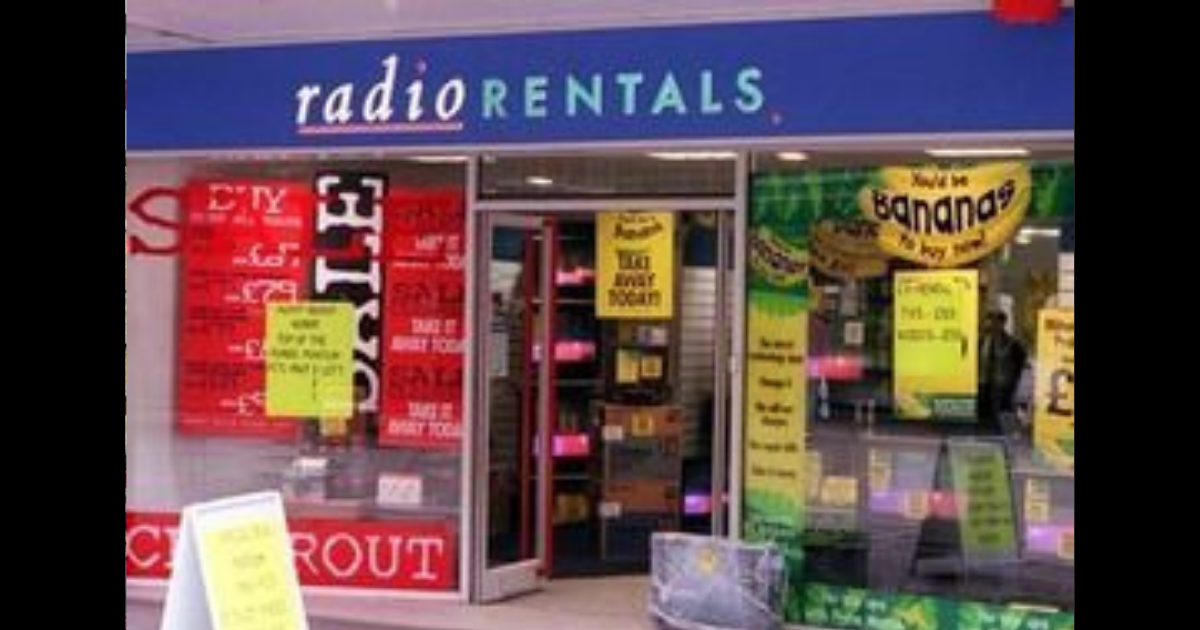
Radio Rentals was the shop where we got our TV sets from, I remember our new set arriving in the late eighties. A very sleek square set complete with integrated stand with room for a video recorder. The TV was branded Baird which was a brand owned by Radio Rentals themselves. I’ve tried in vein to find a picture of a similar set – or even the remote control with no luck.
As for Radio Rentals itself, it was a showroom. You’d go into the shop and look at what was on offer but your set would be delivered separately – it wasn’t in store to take home that day, we only ever rented TV sets but I would imagine similar was true for the other equipment they rented out.
By the 1990s people were renting far less and the whole rental model was fast going out of fashion. At some point in the mid-90s our Baird set gave up the ghost. The TV repairman came – another relic of a bygone time – and we were left with a replacement set, not a new model but reconditioned. This one though was branded as a Granada Set.

Granada were a well known TV company in the North West of England, they also owned service stations and of course a rental firm which was rival to Radio Rentals. The two companies did eventually merge – although this was much later than when we got our replacement set. I’m not sure of the logistics of it, perhaps we switched to Granada when the Baird gave up, or maybe Granada took on the business of Radio Rentals locally.
Either way that Granada set ended up being ours permanently. It wasn’t the greatest set in the world, it didn’t come with a stand resulting in a dramatic scramble to rearrange the living room so there was somewhere to place the TV. It also had a fault which was fixed with the classic slap on top of the set to fix.
At this point with most of my posts I ask the question, would it ever come back. The reality is if you want, or need as is more likely the case, to rent then you can still find places that will – usually with terrible credit agreements and otherwise, things are more affordable or can be bought with your flexible friend. The old world of rental shops is long gone now.

